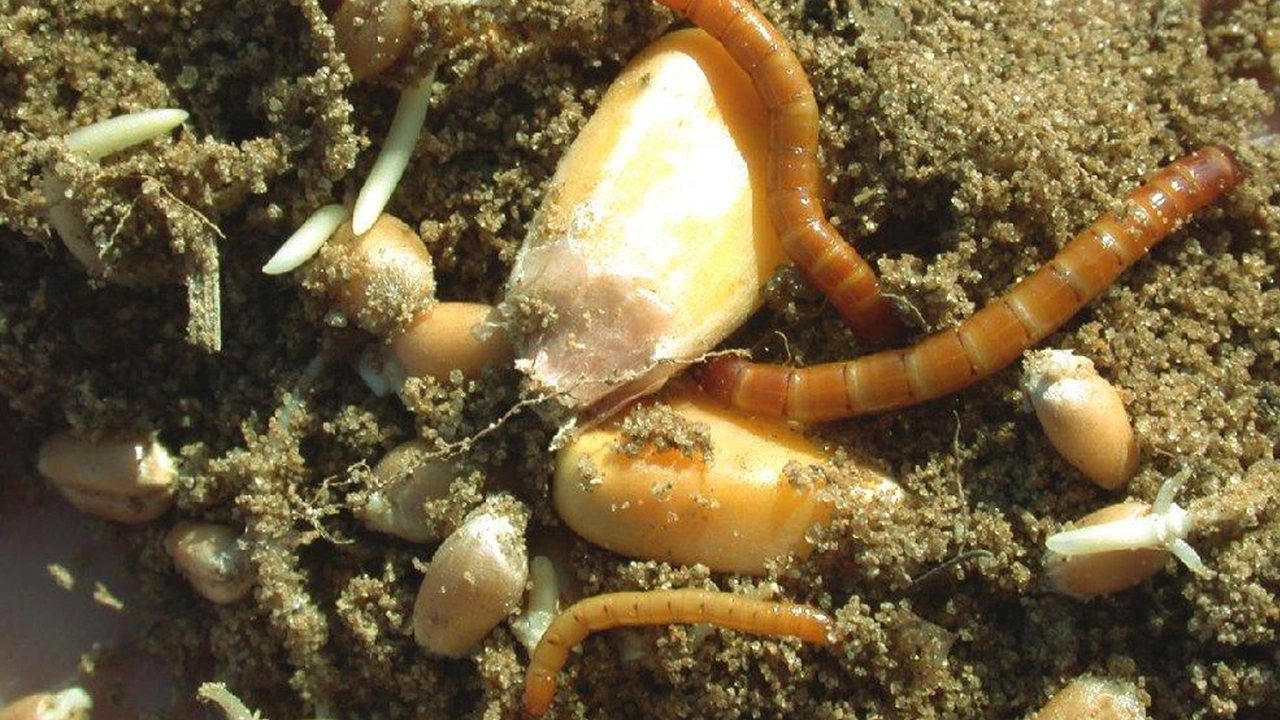CHECK FIRST: Before finding new control measures for wireworm, assess the level of damage to make sure there is a problem. Cultural control methods, such as planting date, could offer better control of these soil-residing pests.
We have relied on seed-applied insecticides over the past few years to take care of wireworm, seed corn maggot and other soil-residing pests like them. But we think we are seeing more damage and lost plants because of these pests. Should we switch to some other insecticide program at planting instead? Is there any recent data to guide us here?
Ritter: As the adage goes, “There is a difference between thinking and knowing.” If you have documented insect damage and yield loss, then consider using additional measures. Once you verify the level of damage, then you can calculate an accurate cost-versus-benefit analysis on the additional insecticide. Keep in mind that insect pressure can vary year to year based on weather and insect biology factors. Review the seed treatment package you have with your trusted seed supplier. Seed treatments vary from company to company, and they may have options to meet your needs without needing to apply additional insecticides.
Overstreet: If you are having problems with seed corn maggot, you could undergo some cultural changes, such as changing the planting date, observing when the fly population is not as high or not tilling up the residue just before planting. Organic matter can attract the fly. If you are having yearly issues in the same field, an in-furrow insecticide may be your best option. If wireworms are more problematic, several insecticides are labelled for wireworm. Some are for seed treatment and some are in-furrow, but all offer inconsistent control of the pest.








